It involves a bug collector, a grumpy Englishman, and the world’s worst bus route.
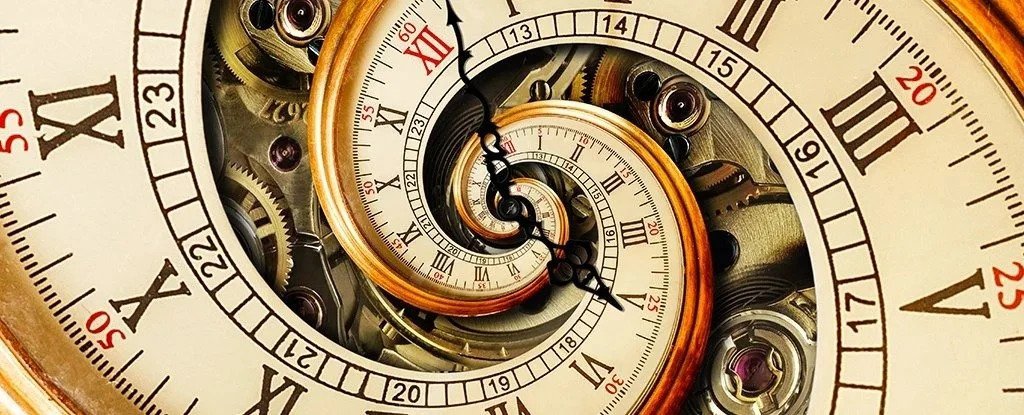
Graphic courtesy of ScienceAlert.Com
–
https://youtu.be/aWAXuhegaFk?list=TLGG_M0BIZ0RRnswNzExMjAyMQ
–
2021 Nov
Click to reveal bonus content (fun facts and additional insights) within script. Bonus Content
Benjamin Franklin.
Kaiser Wilhelm II.
Winston Churchill.
Lyndon Johnson.
They’re towering figures in world history…and, despite their many differences, there was one idea on which they all agreed.
And, in retrospect, it seems mildly psychotic.
Oh, also, the idea came from a bug collector and the great-great grandfather of the dude from Coldplay.
It’s complicated—we’ll explain.
[OPENING SEQUENCE] [Watch Now] [Support]
The 20th century may have been the most audacious era in human history. For the first time ever, our species took to the sky…and then to space. We created weapons with the power to destroy our very world. We created technology that put the entirety of human knowledge at our fingertips.
Also—and this one’s a little weirder—we decided we could outsmart time.
It was in the 20th century that we started changing our clocks twice a year, adopting what we now know as Daylight Saving Time. Which, understandably enough, confused the hell out of people.
In fact, one of the objections when the proposal was first hatched was that “calling the hours different would not make any difference in the time” (which is pretty hard to argue with). (i)
So where did this idea come from? And why are we still doing it?

Franklin image courtesy Wikipedia.Org
–
Benjamin Franklin is often credited with the idea for Daylight Savings.
But it’s not really true. While living in France, Franklin merely wrote a satirical essay suggesting that it would make more sense for the locals to get up earlier and do more during daylight hours. (ii) In fact, the article was mainly an excuse for him to accuse the French of not getting out of bed before noon.
(This was far from the only time Franklin got credit, or blame, for something he didn’t do. Along with the likes of Abraham Lincoln, Albert Einstein, and Mark Twain, Franklin is one of the historical figures to whom quotes are most frequently misattributed. The problem is so widespread that the Franklin Institute even maintains a webpage of famous quotes that are widely—and incorrectly—believed to have come from the Founding Father.)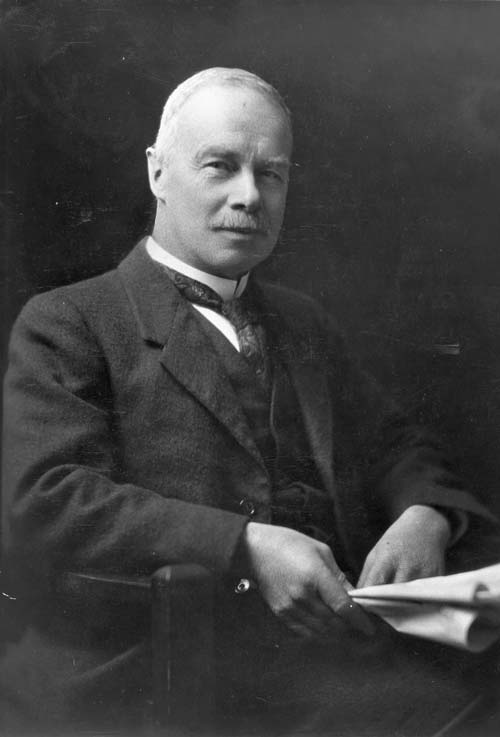
Photo of George Vernon Hudson courtesy of TeAra.Govt.NZ
–
In reality, the person who got the ball rolling was a late 19th century New Zealand postal worker named George Hudson — who wanted more daylight hours for his after-work hobby…of bug collecting. (iii) (Hudson was more than just a casual hobbyist. His insect collection remains housed in the Museum of New Zealand to this day, considered “perhaps the best private collection” in the country’s history.)

William Willett published a pamphlet called The Waste of Daylight. Image courtesy of Stuff.Co.NZ
–
A few years later, the idea was taken up by William Willett, an English homebuilder who was disappointed in his countrymen for not getting up earlier. Willett, by the way, was the great-great grandfather of Coldplay’s Chris Martin, setting up an enduring scholarly debate about which was his greater crime against humanity.
–

Image of Winston Churchill courtesy of Wikipedia
–
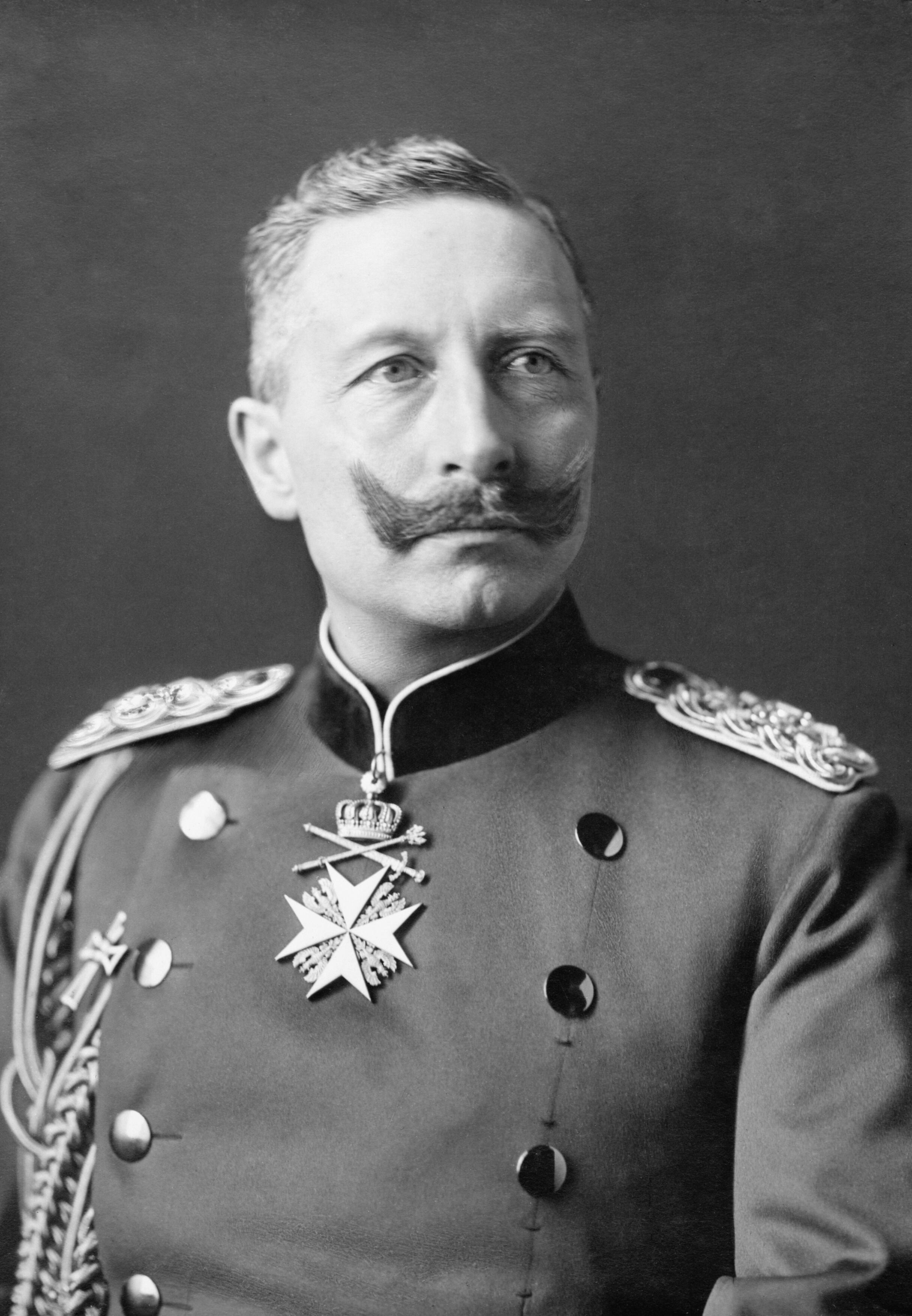
Kaiser Wilhelm II, German Emperor – Image courtesy of Wikipedia
–
While some members of the British Parliament, including Churchill, supported the idea of Daylight Savings, nothing came of it until World War I—when the Kaiser’s Germany implemented it as a wartime measure to conserve energy. Shortly thereafter, the United States adopted it too…and then got rid of it as soon as the war was over. One aspect of the World War I time change did endure: the decision to change the clocks at 2:00 a.m. rather than midnight. The reason for that practice? At the time, 2:00 a.m. was the hour when the fewest trains were running—and lawmakers feared that conductors confused by the time change might otherwise crash into each other.
Then we brought it back during World War II…and got rid of it as soon as the war was over.
One reason it kept going away so quickly? Contrary to popular belief, farmers hated the practice of daylight savings and actively called for its repeal. So did some religious individuals. One famous 1919 letter to Scientific American objected to the practice on the grounds that “God knows more about time than President Wilson does.”
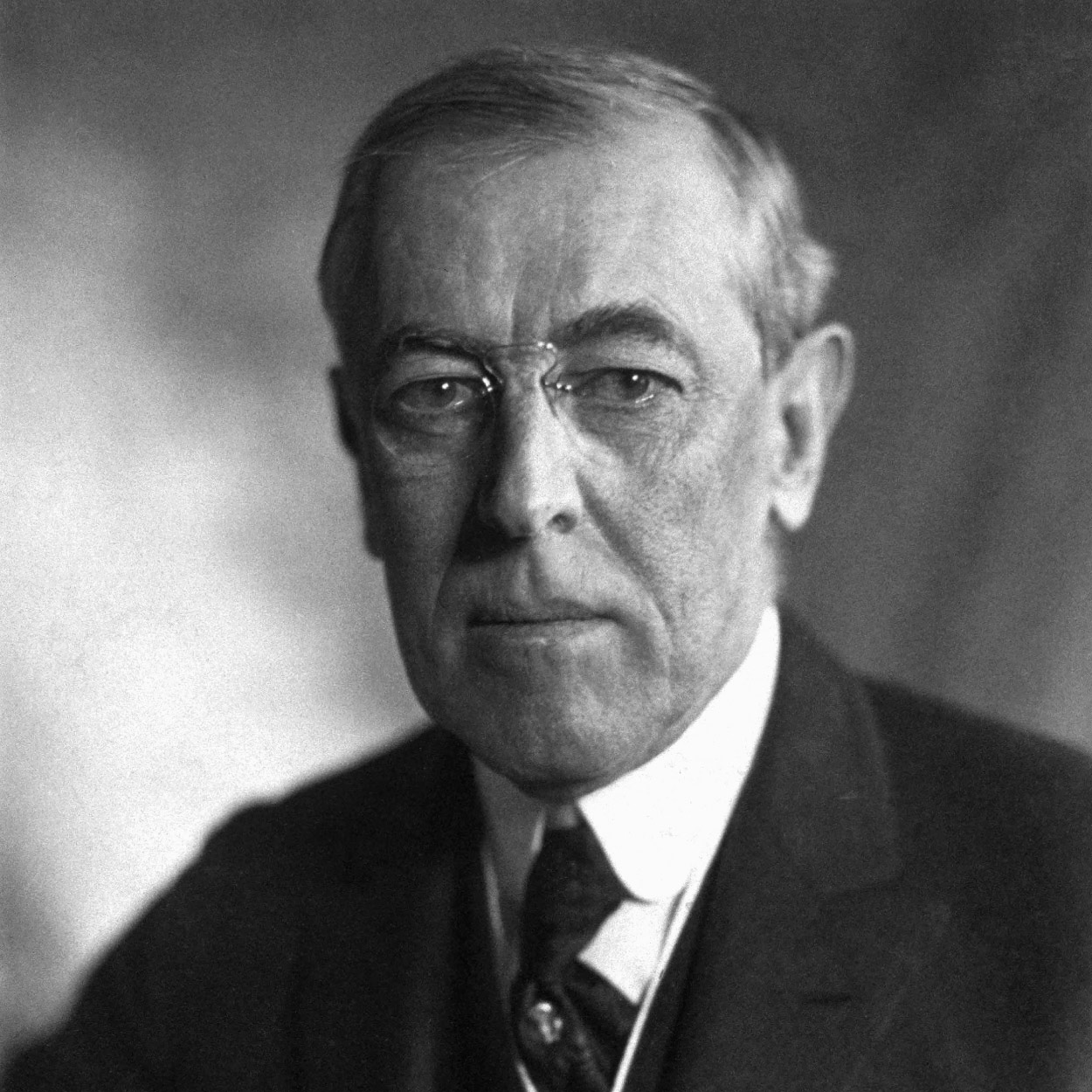
U.S. President Woodrow Wilson – Image courtesy of Whitehouse.Gov
–
The reason it eventually became permanent? Because when it went away at the national level, state and local governments were free to decide the time for themselves. The result? Chaos.
In the mid-1960s, one bus route traveling the 35 miles between Steubenville, Ohio and Moundsville, West Virginia—went through seven different time zones. (iv)
Believe it or not, some of these regional variations persisted until quite recently. Up until 2006, the state of Indiana—already divided between Eastern and Central time zones—compounded the confusion by having the decision as to whether to observe Daylight Saving Time set at the county level.
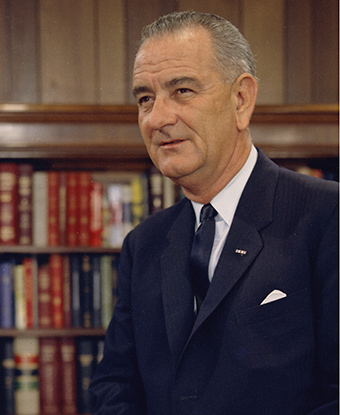
U.S. President Lyndon Baines Johnson – Image courtesy of NPS.Gov
–
To stem the confusion, in 1966, Lyndon Johnson signed the bill making Daylight Savings national and we never looked back. (v)
Or at least we were never supposed to look back.
Hawaii and Arizona opted out of changing their clocks, keeping the same time all year round. (vi) And now 19 other states have petitioned the federal government to do the same. (vii)
One reason: As we all rediscover twice a year, THE HUMAN BODY IS NOT DESIGNED TO RESET ITS INTERNAL CLOCK!
Our health is deeply tied to our circadian rhythms, the cues our body takes from time. And fiddling with that system is asking for trouble.
Heart attacks spike by around 25% when the clocks spring forward. (viii) There are more fatal car accidents. (ix) And if you find yourself in the ER—you should know that health care workers tend to make more errors after the time change too. (x)
Virtually any health problem is made worse by poor sleep, which is why, in 2020, the American Academy of Sleep Medicine officially called for the country to have one year-round standard for time. (xi)
Virtually any health problem is made worse by poor sleep
Lack of sufficient sleep may be one of America’s least appreciated—and most treatable—health problems. An estimated 50-70 million Americans have sleep-related problems. Interestingly, the scope of the problem varies by region. The state that’s the most sleep-deprived? Hawaii. The state that’s the least? South Dakota.
The rationale that Daylight Saving Time conserves energy doesn’t hold up to scrutiny either. Research from the U.S. Department of Energy found that electricity use barely declines at all with longer daylight hours. (xii) Some studies even suggest that the decrease in people using lights is more than offset by the increase in people using air conditioning or heating. (xiii)
But while there are a lot of reasons to object to changing the clocks twice a year, it’s worth remembering that Daylight Saving Time is intended to address a real problem. The amount of sunlight varies dramatically throughout the year, especially as you get farther away from the equator.
In northern cities like Seattle and Minneapolis, the shortest winter days can have around seven fewer hours of daylight than the longest summer ones.
The places in America where this is less of an issue? In Miami, the shortest day of the year gets only about three fewer hours of daylight than the longest one. In Honolulu, the difference is only about 2.5 hours.
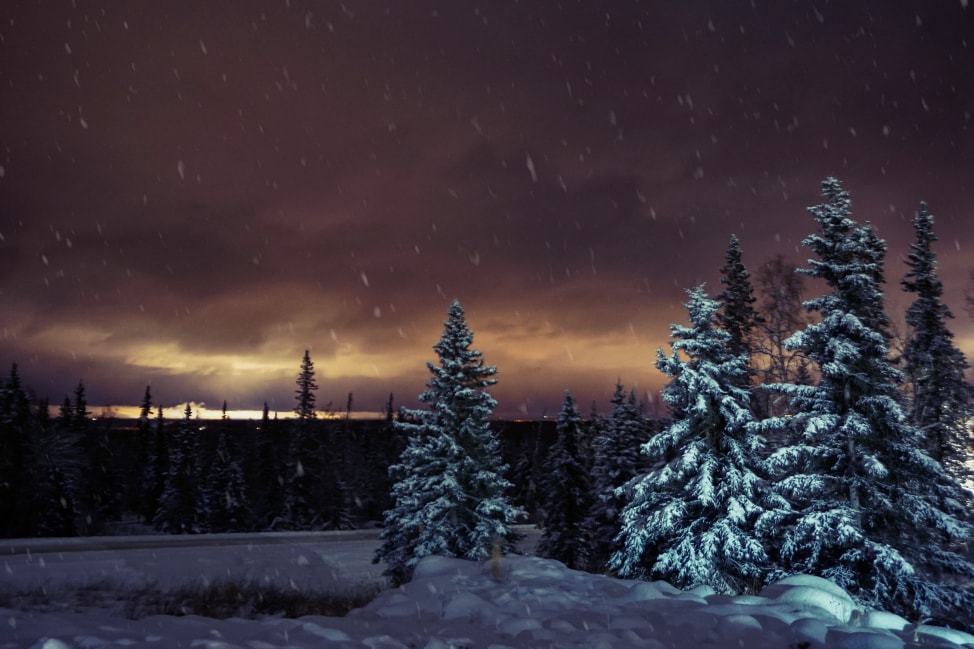
Winter darkness in Alaska – Image courtesy of MountainKitchen.Com
–
Alaska basically turns into “The Purge” for a few months.
So, is there a way to deal with this problem without the headache of changing the clocks? Actually, it’s pretty simple. Just allow businesses, schools, and other institutions to adopt seasonal hours. In fact, that was exactly what was happening in Britain before they made compulsory time changes the law. (xiv)
Americans are flexible, creative people. We’ve learned how to live with blistering heat and bitter cold. We’ve made deserts bloom and dammed mighty rivers. Surely we can find a more efficient way to deal with a little less daylight.
Having one year-round standard would be easier for society, better for our health, and, most importantly…would really stick it to Coldplay.

Coldplay’s Chris Martin – Image courtesy of Wikipedia
–
Sources
- On Seasonal Time-Adjustment in Countries South of Lat. 30° — Royal Society of New Zealand
- Did Ben Franklin Invent Daylight Saving Time? — The Franklin Institute
- Story: George Vernon Hudson — The Encyclopedia of New Zealand
- Seize the Daylight: The Curious and Contentious Story of Daylight Saving Time (pg. 170) — David Prerau
- Uniform Time — U.S. Department of Transportation
- The Reason Some States Don’t Observe Daylight Saving Time — Time
- Daylight Saving Time | State Legislation — National Conference of State Legislatures
- Daylight Savings Time and Myocardial Infarction — Open Heart
- Spring Forward at Your Own Risk: Daylight Saving Time and Fatal Vehicle Crashes (Austin C. Smith) — American Economic Journal
- “Spring Forward, Fall Back: Increased Patient Safety-Related Adverse Events Following the Spring Time Change” — Sleep
- Daylight Saving Time: An American Academy of Sleep Medicine Position — Journal of Clinical Sleep Medicine
- Impact of Extended Daylight Saving Time on National Energy Consumption — U.S. Department of Energy
- Does Daylight Saving Time Save Energy? Evidence from a Natural Experiment in Indiana — National Bureau of Economic Research
- Seize the Daylight: The Curious and Contentious Story of Daylight Saving Time (pg. 17) — David Prerau
Shownotes
SOUND | Artlist: “Blues Bruiser” (Nick Poss) // Musicbed: “Balboa (Steven Gutheinz), “Makin’ a Move – Instrumental” (Lady Bri) // Premium Beat: “Comedy of Errors” (Little Red Church), “Magical Keys” (Studio Le Bus) // Pro Sound Effects: Odyssey Collection
FOOTAGE | American Economic Journal // Biodiversity Heritage Library: George Hudson // Federal Government of the United States // Finnish Heritage Agency: U.A. Saarinen // Getty: Nick Dolding, James Devaney / Contributor, kenneth-cheung, Andriy Onufriyenkok, Jackal Pan, Edwin Remsberg, Central Press / Stringer, Hulton Archive / Stringer, Archive Photos / Stringer, RTimages, Michael Ochs Archives / Stringer, Eyewire, Inc., Anton Petrus, halbergman, kafl, simonkr, Gian Lorenzo Ferretti Photography, Raffi Maghdessian, RockfordMedia, Terry Hadley / EyeEm, 4kodiak, Sky Sajjaphot, George, stevegeer, Creative Thinking, Sean Pavone, Guillaume Preat / EyeEm, Dave Hogan / Contributor, Don Farrall, Maxtrio // Imperial War Museum: Thomas Heinrich Voigt, Major W. G. Horton // Journal de Paris: Benjamin Franklin // Journal of Clinical Sleep Medicine // Kensington and Chelsea Local Studies // Library of Congress: United Nations Information Office, Orville Wright, Harris & Ewing // Library of Congress Prints and Photographs Division: United Cigar Stores Company // Maptiler // Motion Array: Tyler // NASA // Philadelphia Museum of Art: Benjamin West // Premium Beat // RawPixel: Miss May Rivers // Sleep // Smithsonian Archives: London: William Smith // The New York Times // U.S. National Archives and Records Administration: Winston Churchill, Franklin D. Roosevelt Library Public Domain Photographs, Robert F. Sargent, U.S. National Archives and Records Administration // Unsplash: Alexander Andrews, Marcelo Cidrack, Júnior Ferreira, Ralph Kelly, Magdalena Love, Kai Dörner, Angel Luciano, Artem Gavrysh, Eva Dang, Kym MacKinnon, Sonder Quest, Bob Bowie, Diego PH, Michael Discenza, Ferdinand Stöhr, James Day, Alice Donovan Rouse, Manik Roy, Gustav Mahler, chingdd1867383, happymeluv, Greta Kempton // William Willett // Connormah // Karl von Wenninger // Fortepan // Royal Society of New Zealand // National Portrait Gallery // Carlo Bossoli // Samuel Page // Sir Benjamin Stone // Capitol Records // Pixabay: KAVOWO, ChrisFiedler // Unsplash: Eric Prouzet // CITED SOURCES AND NEWS OUTLETS ARE NOT AFFILIATED WITH THIS PRODUCTION.
More Videos

October 2021The pandemic’s effect on American schools Post-COVID, American education may never look the same. Watch Now…

October 2021Why Americans Don’t Understand Each Other What if America’s social and political polarization is driven partially by…misunderstanding? Watch Now…
Subscribe for new content, updates, and exclusive features.
Why Americans Don’t Understand Each Other What if America’s social and political polarization is driven partially by…misunderstanding? Watch Now…
–
Translating the world’s best research into the world’s most accessible videos
Kite & Key Media® is a registered trademark of VMTS Education Inc.
All rights reserved.
EIN# 84-4459778
Copyright © 2021 ×
–
–
(For the source of this, and many other equally intriguing and important articles (and videos!), please visit: https://www.kiteandkeymedia.com/videos/history-of-daylight-savings-time-fall-back-spring-forward-origin/?utm_source=join1440&utm_medium=email/)








